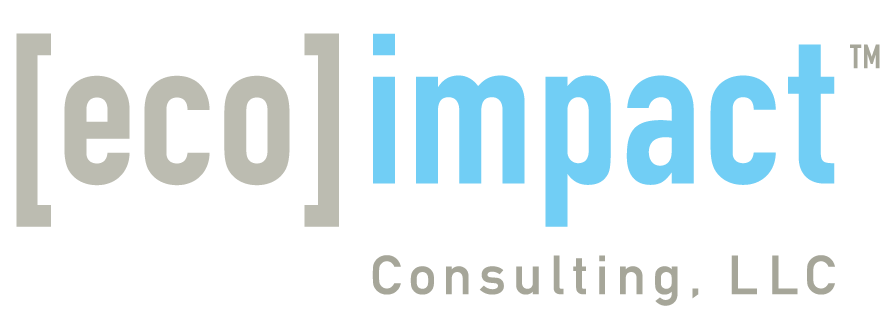The Charlotte Region Reality Check 2050 event took place
on June 4th at the Charlotte Convention Center. Over 400 participants and 100 volunteers from
the surrounding 14-county region attended the event with one goal in mind: to
participate in a visioning exercise that would address the reality of growth
projected for our area by the year 2050.
Visioning exercises, like RealityCheck2050, seek to
build broad-based consensus on where and how growth should be accommodated. They are an opportunity for a diverse group
of stakeholders to ask the questions: How should we preserve, promote, and
protect our strengths and assets? How should
we address the challenges and seize the opportunities faced by our region? As a local business and stakeholder in
sustainable community initiatives, we knew that Ecoimpact had to be
involved.
The event sponsors The Urban Land Institute (ULI),
Charlotte District Council, CONNECT Our Future, Centralina Council of
Governments and Catawba Regional
Council of Governments; predict 1.8 million new residents and 863,000 new jobs
will come to our region by the year 2050.
Participants heard guest speakers and were introduced to the main
challenge of the day: plot where possible future growth should go (transportation
corridors, jobs and housing) on a 6’x6’ map of the 14-county region. 42 teams of 8-10 participants were given LEGO
blocks of the number corresponding with the projected new residents and new job
growth anticipated for our region by 2050 and yarn to identify new
transportation corridors, transit corridors and green space. There was only one rule: all LEGOs must be
placed on the map by the end of the 1 ½ hour game play period.
The task was more challenging than we thought. The findings were impactful.
Of the 42 tables, growth patterns varied between four major
types: dispersed: growth is dispersed broadly over a large area (15), corridor:
growth surrounding existing or new transportation corridors (15); compact
urban: growth is concentrated in existing or proposed urban areas (5), and
multi-centers: multiple high density areas connected by existing or new
transportation corridors (7).
Participants were then asked outcome specific questions; here are some
of their responses:
Which growth
pattern do you feel is most appropriate for our region’s growth?
41% said corridor
37% said multi-centers
Which goals are
most important to you in determining the region’s growth?
47% said support regional transportation connection
36% said encourage development within areas where
infrastructure already exists
35% said conserve water resources
What are your
priorities for the Charlotte region by year 2050?
84% said more light rail and commuter rail transit
53% said improve the roads we currently have
